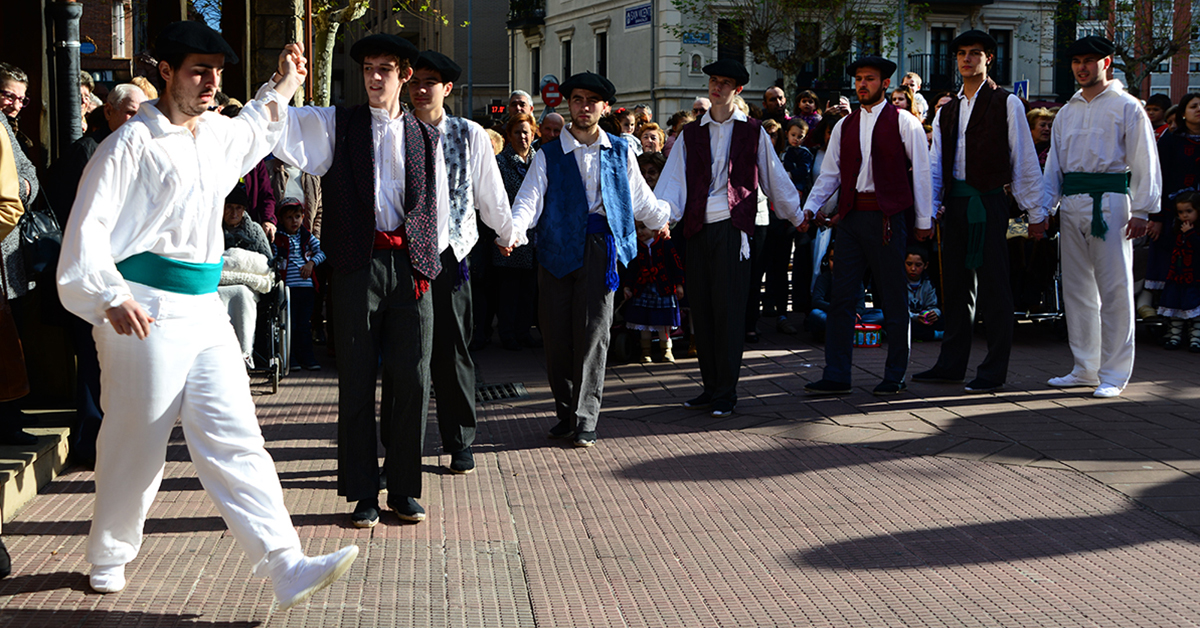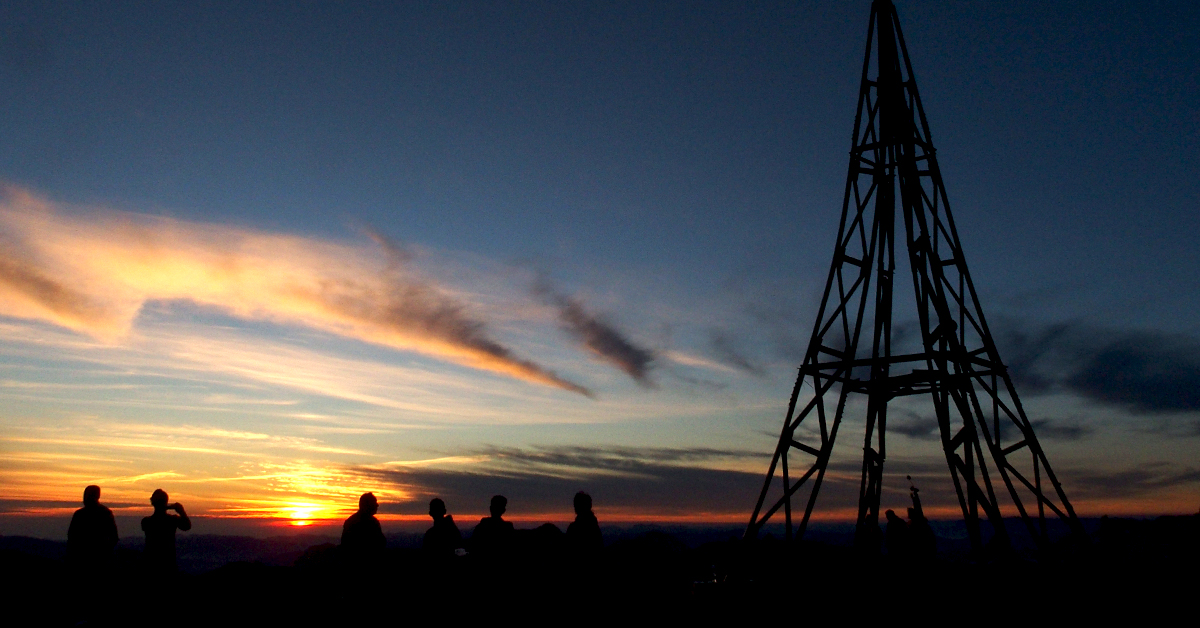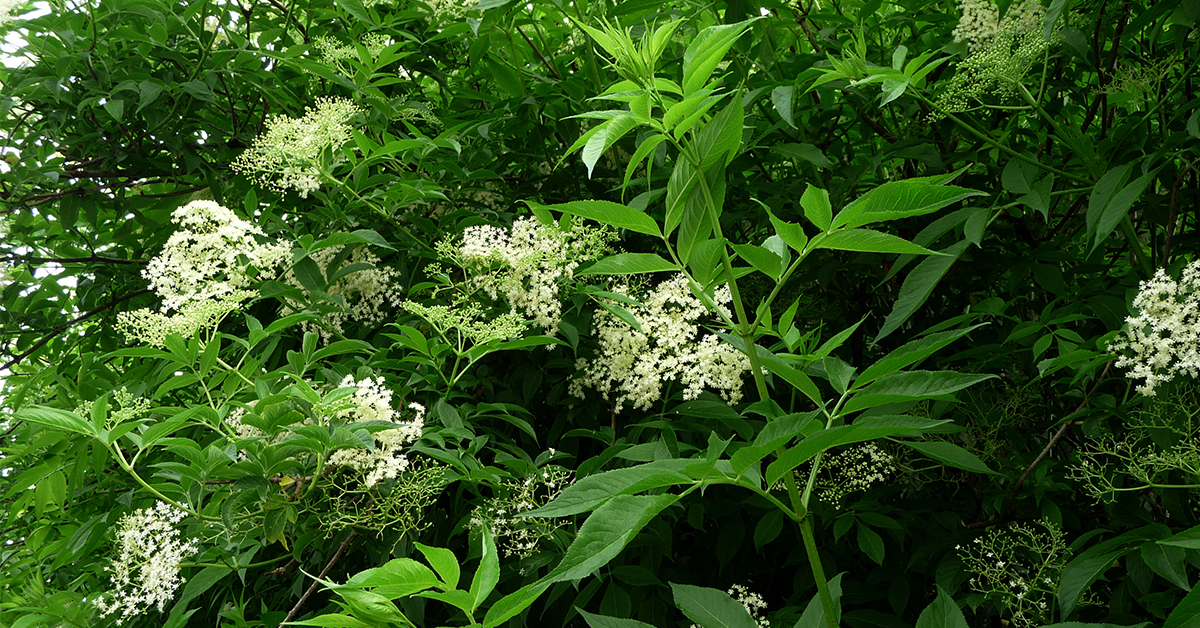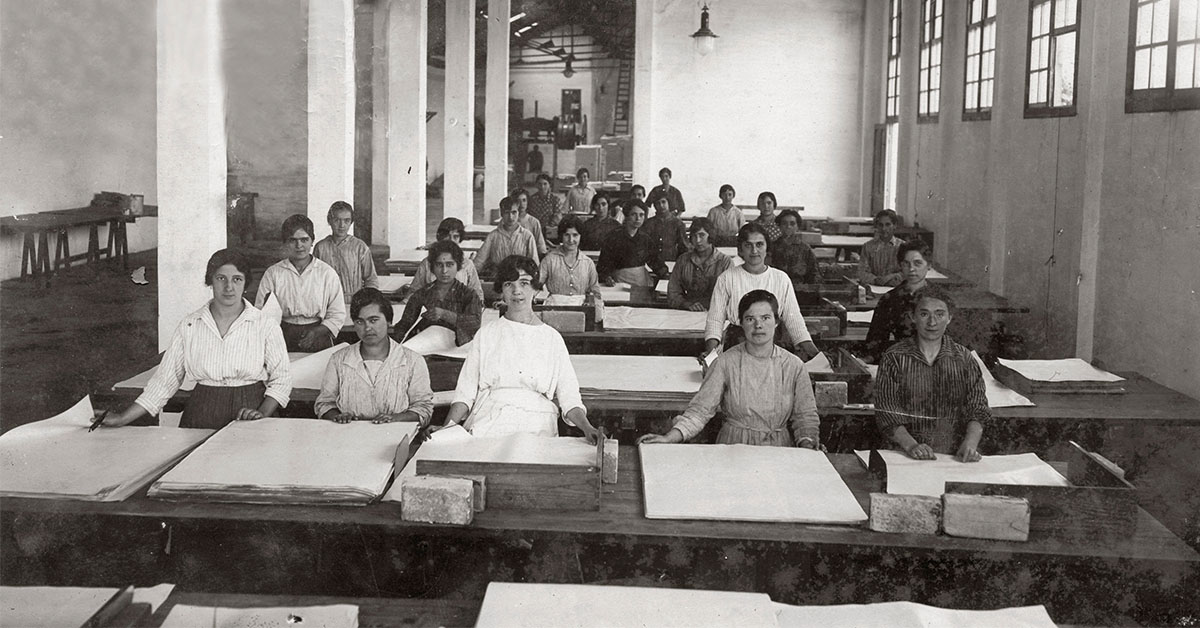Basque ethnography at a glance
There was a beautiful folk custom on St. John’s Day until relatively recently. People would watch and admire the sun at sunrise on the summer solstice, supposedly the day the sun was at its highest in the sky. It emerged over the horizon brighter and more striking than ever, happy to know that it was its big day.
Pascual Madoz provides the seminal reference to that age-old tradition in his Diccionario geográfico written between 1845 and 1850 and in which he gathered information from towns throughout the kingdom. And the entry on Mount Gorbea reads: “Particularly on St. John the Baptist’s Day, large crowds usually gather on the summit at dawn to wait for the magnificent sunrise”. It was a very popular event; however, it is not reported in more recent reminiscing and ethnographic surveys.
The elder (intsusa) is one of the most cited plants in the writings on traditional medicine in Europe. It is deciduous shrub that can reach a height of between two and seven metres, and whose botanical name is Sanbucus nigra.
The elder has a strong and rather unpleasant smell, and has a trait that is rather unusual in the plant kingdom: its branches have a creamy-white pithy tissue that can removed relatively easily. That leaves a hollow pipe that can be used for different purposes: blowpipes as weapons or to start and stoke fires, a bong or pipe for smoking, or as a flute or whistle. Until relatively recently, youngsters would enjoy making and playing the musical instrument; they would remove the pith from the elder branch, make a hold on the side and cover the other one using cigarette rolling paper. This small flute is known as flota in Elosua (Gipuzkoa) and tulurte in the Larraun Valley (Navarra).

Aurreskua performed San Vicente (Barakaldo) by a group (Laguntasuna) of people not considered as “indigenous” (2016). Photo: E. X. Dueñas.
Towards the end of April, people began to talk about the upcoming days of rest, thanks to the puente [literally bridge and used for a very long weekend when there is a working day between the weekend and bank holiday] around the corner: Sunday 30 April and the bank holiday on 1 May. Using that term for any long weekend is not new in the media or in everyday speech, even when there is no working day in between; laziness in language is behind these and other howlers: in proverbs, with “St. Michael’s Summer” (Indian Summer), instead of “St. Martin’s”; in sport competitions, leader five points from the second, instead of the other way around…
Industry has a long history in the Basque Country and during those years, it has gone through many ups and downs. Each region has its own history and stories, but in this article focuses on the paper industry, which was particularly important in the region of Tolosaldea (Gipuzkoa). The paper industry began with the opening of Nuestra Señora de la Esperanza in Tolosa in 1842, followed by many other factories in the region, especially in the Oria basin.
The construction and maintenance of the paper mills required a lot of manpower since most of the work was not mechanised. Locals began to work in the paper mills, which had a direct impact on the life in small villages that had previous been devoted to agriculture. This new situation had a direct impact on the small villages, which had previously been dominated by village life. Although this affected the whole population, this article focuses on the young girls of the time. This is because many girls worked in the paper mills from the time they left school at the age of 14 until they married.




